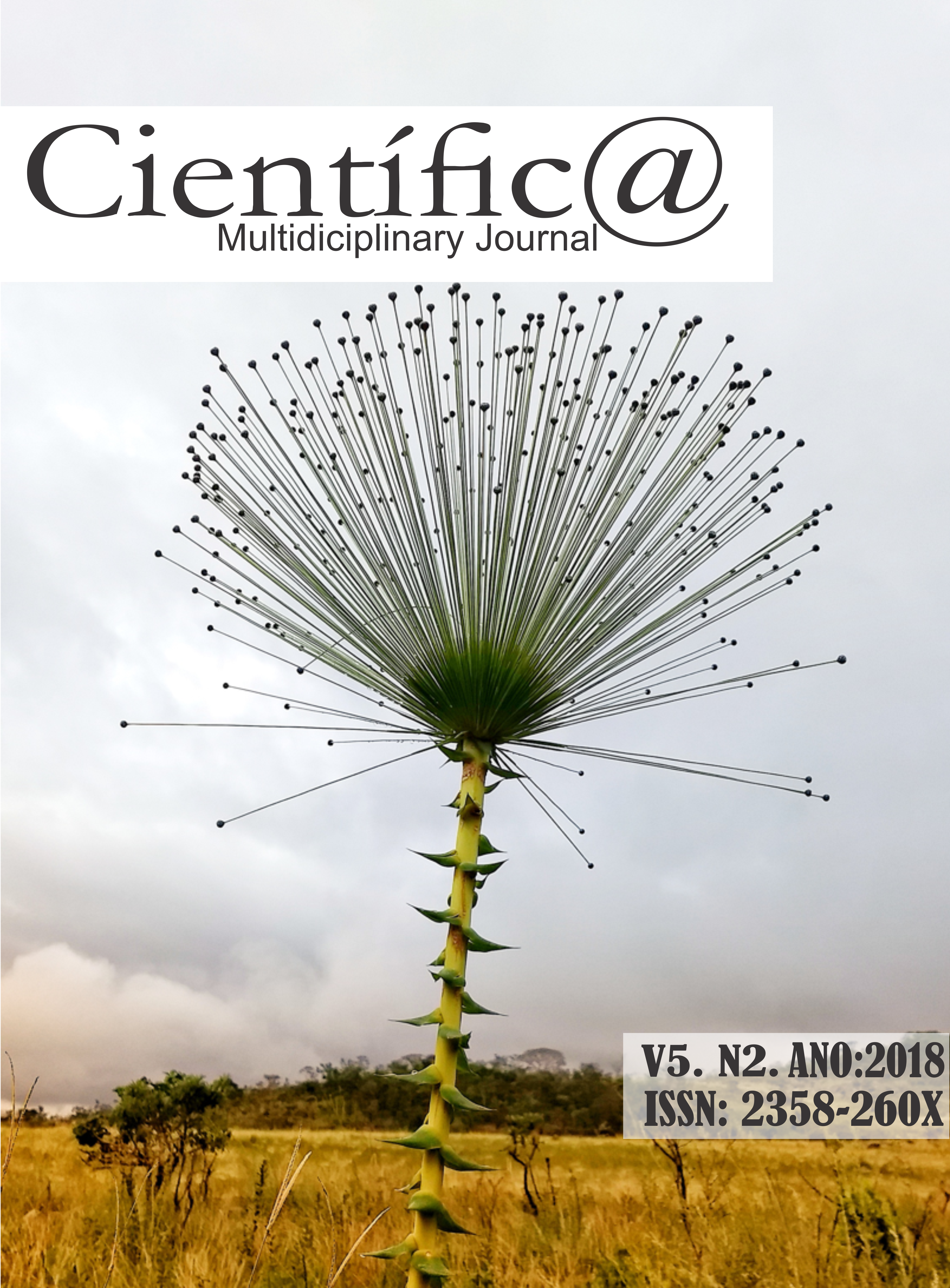Evaluation Of Digital Element Models (Mde) Derived From Orbital Remote Sensing Images
DOI:
https://doi.org/10.29247/2358-260X.2018v5i2.p45-51Abstract
Digital elevation models, MDE, help to develop agricultural activities as choices of areas of operation, culture to be introduced, topographic information in difficult to reach places, to draw a sense of planting, allows a better distribution and opening of access roads in the fields , provides a preview of level contouring, also guides in drawing a longitudinal profile of the ground from one location to another. The objective of this work was to analyze which satellite image has information that most closely approximates the actual topographic situation of the study area. Using GPS points collected in the field, together with ASTER, SRTM, TOPODATA satellite images and their respective available information, the quadratic root of the mean square error was extracted through the RMSE equation, determining which satellite image has the best result correlated with the elevations of the study site. The image that generated the lowest RMSE value was the TOPODATA MDE, with a value of 12.59 m, becoming the information that best reflected the local topographic plan. The association of agricultural activity with the soil, is applied or adapted according to the terrain elevations.
Downloads
Published
How to Cite
Issue
Section
License
Esta revista oferece acesso livre imediato ao seu conteúdo, seguindo o princípio de que disponibilizar gratuitamente o conhecimento científico ao público proporciona maior democratização mundial do conhecimento.
A partir da publicação realizada na revista os autores possuem copyright e direitos de publicação de seus artigos sem restrições.
A Revista Científic@ - Multidisciplinary Journal segue os preceitos legais da licença Creative Commons - Atribuição-NãoComercial 4.0 Internacional. 

